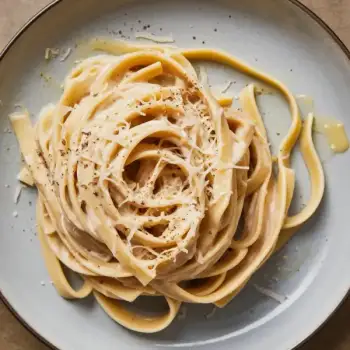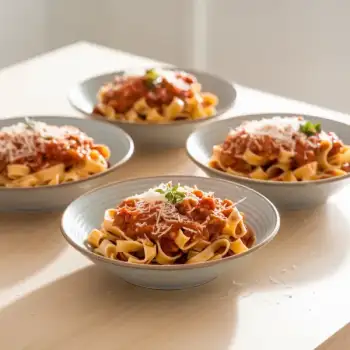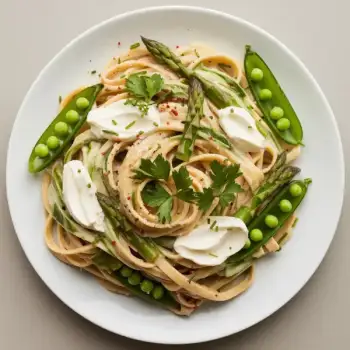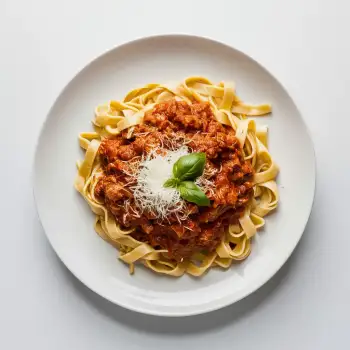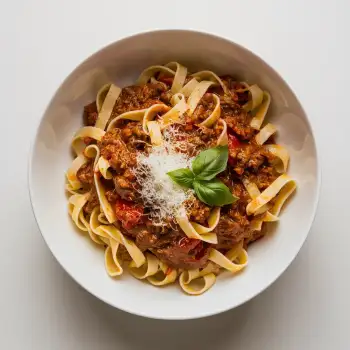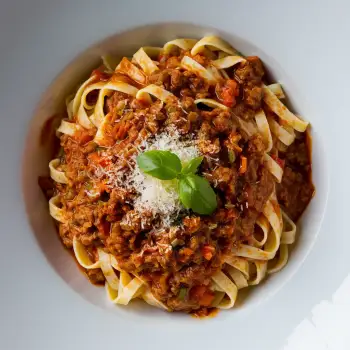


Dried Fettuccine
Pasta that has been dried and packaged, with a longer shelf life than fresh varieties, found in the pasta aisle.
Fresh Fettuccine
Egg-based pasta cut into ribbon-like strands, typically found in the refrigerated section of grocery stores.
Spinach Fettuccine
Fettuccine that incorporates spinach for additional flavor and a green color, available in both fresh and dried forms.
Whole Wheat Fettuccine
A healthier alternative made from whole wheat flour, offering a nuttier flavor and more fiber.




dried fettuccine: De Cecco
fresh fettuccine: Buitoni
whole wheat fettuccine: Barilla

Boiling: The standard method for cooking fettuccine is to boil it in salted water. Use about 4-6 quarts of water for every pound of pasta and add salt to taste (usually around 1-2 tablespoons). Stir occasionally to prevent sticking and check for doneness frequently once the lower end of the cooking time is reached.
Tossing with Sauce: After boiling, fettuccine is often tossed with sauce in a separate pan. This allows the pasta to absorb flavors and helps the sauce adhere to the noodles. If the sauce is too thick, add some of the reserved pasta water to reach the desired consistency.
Finishing in the Pan: For an extra layer of flavor, finish cooking the fettuccine in a pan with the sauce. This technique, known as 'mantecare' in Italian, involves adding the nearly cooked pasta to the sauce with a bit of pasta water and cooking it for a final minute or two. This helps the pasta to fully absorb the sauce's flavor.





